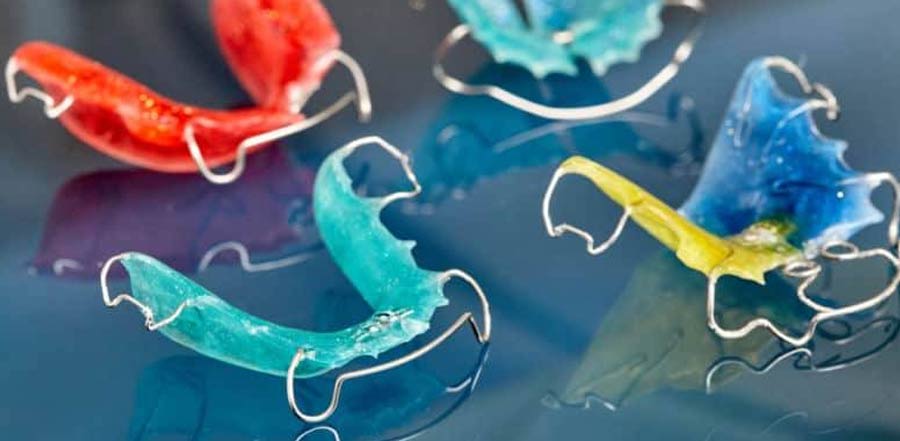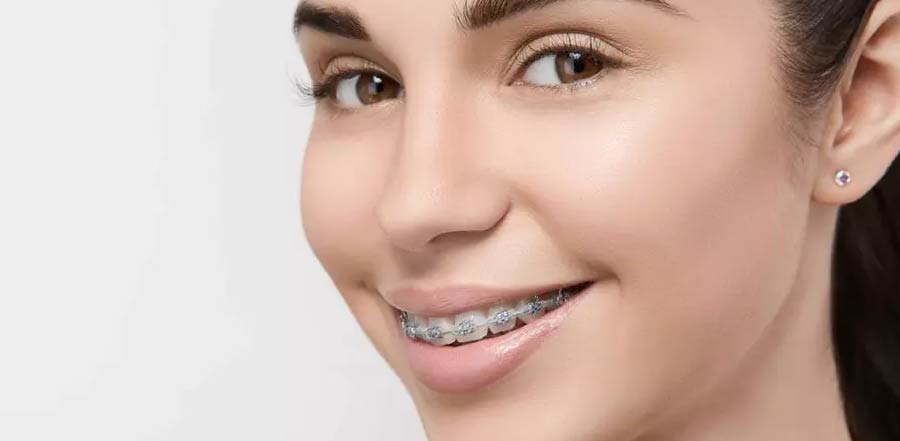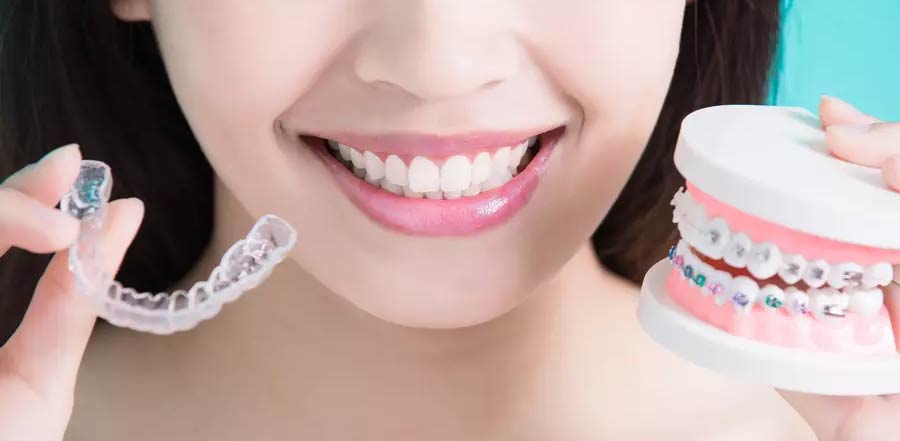Board Certified Orthodontist in Miami-Dade
Anyone searching for Board Certified Orthodontist in Miami-Dade should consider Dr. Carmen Briceño Crespi at Lakes Ortho a board certified orthodontist with over twelve thousand cases to her credit. This is key because in recent times experience has been set aside in favor of lower cost. But just like you will not contract a layer to fix your computer you shouldn’t hire a dentist or see a cosmetic dentist when you‘re searching for Board Certified Orthodontist in Miami-Dade.
Board Certified Orthodontist in Miami-Dade
Dental Practitioners and orthodontists have several commonalities. For beginners, they are dentists. Both of them spend some time at collages to gain their bachelor degree in dentistry. They deal with the oral hygiene of their patients. An orthodontist is able to offer the same service as a general dentist however a general dentist is not able to provide the same level of service as an Orthodontist. That is why there are some basic differences between a dentist and an orthodontist.
An orthodontist must take on additional schooling as compared to a dentist. This must be done for him/her to qualify as a specialist dentist in orthodontics. This is similar to a general practitioner who has to obtain additional schooling to be a surgeon. A family dentist stops at a general dental degree. An orthodontist, however, is required to complete this same dental degree in addition to getting a specialist degree that takes an additional three years.
A dentist provides a variety of services that include repairing teeth and dental cleaning. A dentist provides gum care, fillings, and teeth bleaching. He or She can perform oral care on bridges, crown and veneers. An orthodontist is a an authority in jaw and teeth alignment. Orthodontic treatment helps with facial development.
Another difference between a dentist versus an orthodontist is that dentists refer patients with some other dental complications to orthodontists. Dentists are not able to provide orthodontic care. Cases including improving one’s bite, fitting for corrective devices and teeth alighment are fowarded to an orthodontist.
A dentist can detect and treat diseases from the teeth, and gums. She or he offers oral care to clients of any age. An orthodontist annalyse and treats poorly aligned jaws, crooked teeth and overbites or underbites. They give this care to patients spanning various ages.
In dentistry, different services are provided by a dentist than an orthodontist. You need to visit an orthodontist for orthodontic care, which won’t be offered by a dentist who is not qualified. And, you should visit your dentist for general dental treatment. Both dentists and orthodontists hold important roles in dental care. You should make a knowledgeable decision when picking which one to check out. Don’t matter what we tell you it would not be smart to trsut what our site claims is something we would advise against and this is why we recommend you take a look our testimonials. A good number of of individuals choose Dr. Carmen Briceño Crespi at Lakes Orthodontics for Orthodontist South Miami over hundreds of local dentist. Nevertheless, if you would like additional information about Board Certified Orthodontist in Miami-Dade stop by at our blog, where you will find many post on not only best Board Certified Orthodontist in Miami-Dade, but many of other subjects of interest everyone trying to get braces.
Article Realted to Board Certified Orthodontist in Miami-Dade
Does Insurance Cover Invisalign?
More and more people are abandoning traditional braces for the more comfortable and less noticeable option—Invisalign. Still, there are some who are scared to get Invisalign [...]
Pros and Cons with Invisalign
Miami Invisalign Orthodontist Dr. Carmen Crespi explains the pros and cons of Invisalign. If you follow us, you have probably heard us discuss or possibly even [...]
3 Key Steps To Having Success With Invisalign
Every day millions of teens and adults look in the mirror and are unhappy with their smiles. A person’s smile is their most basic form of [...]





